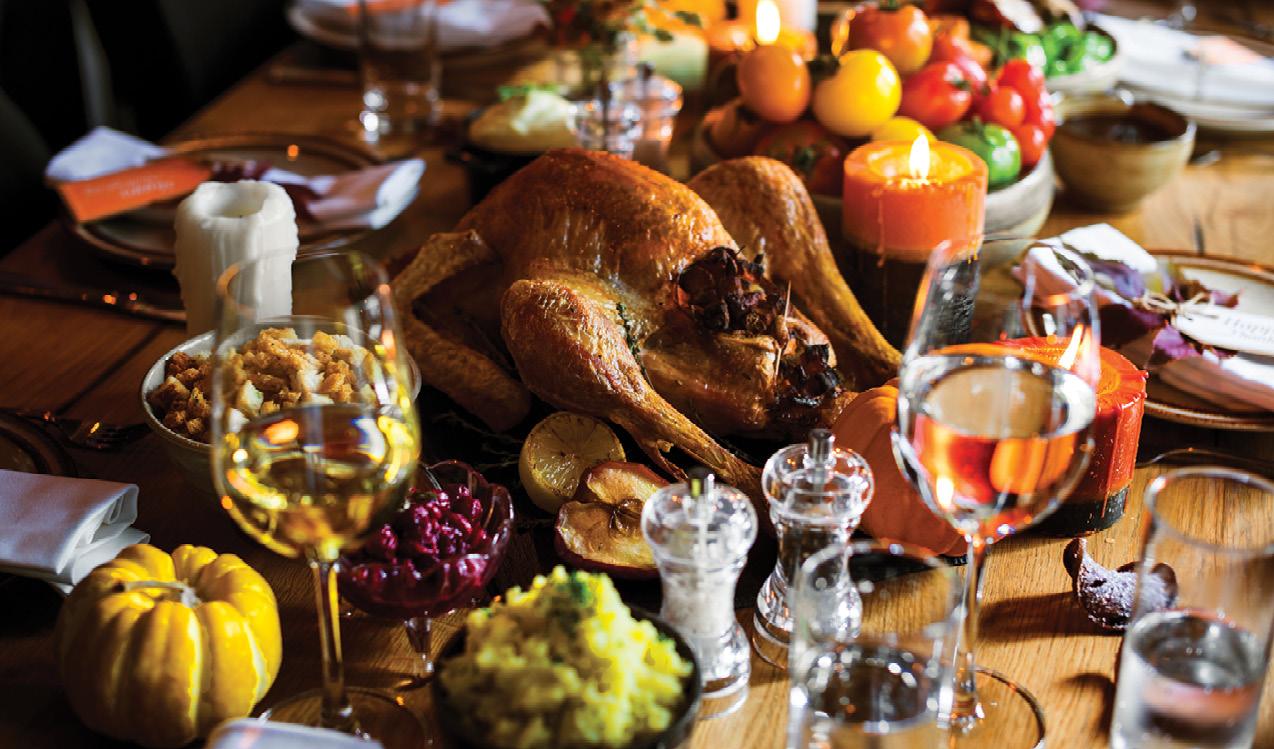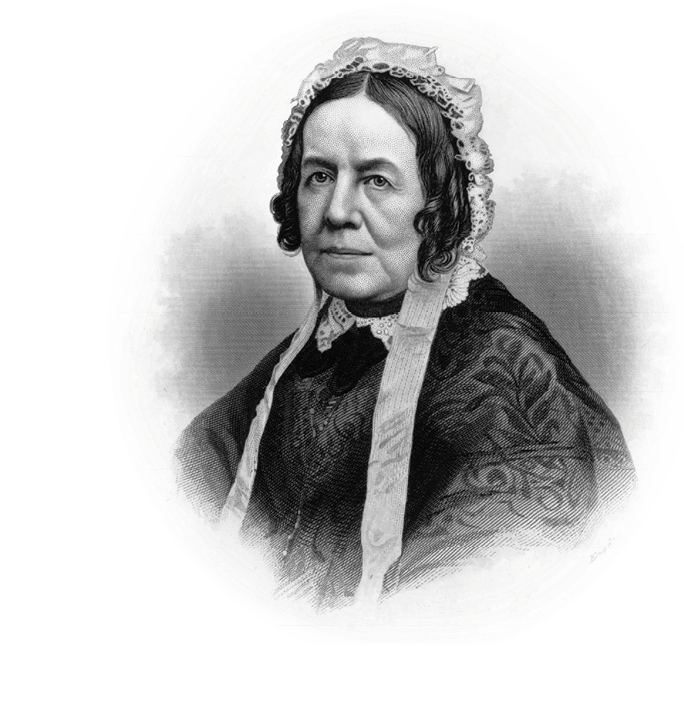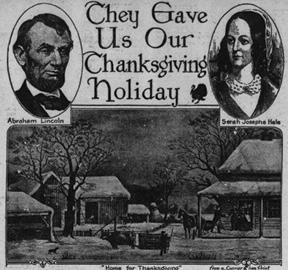How Thanksgiving Became a National Holiday
The Origins of Thanksgiving
History: Thanksgiving
By Robert Matsumura, Contributing Writer

For Americans everywhere Thanksgiving means gathering together with loved ones for a special feast, and celebrating all those things in our lives for which we feel grateful. Inspired by the traditional foods of that first Thanksgiving feast, turkey, mashed potatoes, stuffing, gravy, and pumpkin pie are the classics. The origins of this cherished day stretch back to colonial America, and are rooted in the interactions between European settlers and the Indigenous peoples of North America. The most widely recognized early Thanksgiving took place in 1621, when the Pilgrims of Plymouth Colony and the Wampanoag people came together to celebrate a successful harvest. This event, marked by a feast that included venison, fowl, and native crops, is often seen as the prototype for modern Thanksgiving celebrations.
The Pilgrims, having endured a harsh winter and nearly perishing, found themselves in the debt of their Wampanoag neighbors, who taught them essential survival skills, and helped them establish crops on which to subsist. The gratitude expressed in 1621 was a symbol of the complex and often strained relationship between the two groups, and helped foster cooperation and positive relations moving forward.
The Evolution of a Tradition
For many years, Thanksgiving was primarily a regional celebration observed in New England. Each state and community held its own Thanksgiving celebrations, often on different dates. The notion of a Thanksgiving holiday as a national holiday gained traction, however, in the mid-19th century, when one determined woman initiated a tireless campaign to unify the holiday on a particular day and celebrate it on a national scale.

Sarah Josepha Hale: The Woman Who Would Not Relent
It is Sarah Josepha Hale, a prominent American writer and editor, who today is credited with transforming Thanksgiving from a regional observance into a national holiday. Hailing from New Hampshire, Hale was famous for her literary works, particularly the nursery rhyme “Mary Had a Little Lamb.” As it turned out, her most significant contribution to American culture derived from her advocacy of Thanksgiving.
Hale launched her campaign in earnest during the 1820s, composing letters to various presidents and public officials, urging them to establish Thanksgiving as a national holiday. The impetus for her campaign was her belief that a national Thanksgiving would help unify the country, engendering a sense of shared American identity and gratitude. Not only were her letters and essays published in numerous newspapers across the country, as editor of Godey’s Lady’s Book, one of the most influential magazines of the era, she was in a unique position to rally public support.
Despite her tireless efforts, her pleas gained little support with lawmakers. Many politicians and leaders were hesitant to endorse a national Thanksgiving, concerned that it would impose on regional traditions or stir up political controversy. Undeterred by numerous setbacks, Hale persisted with a steely determination.

President Lincoln: The Turning Point
It was during the Civil War era that Hale’s efforts finally bore fruit. In 1863, President Abraham Lincoln, amidst the chaos of the Civil War, was striving to foster national unity and provide comfort to a war-weary nation. Lincoln’s decision to declare a national day of Thanksgiving was influenced by Hale’s tireless advocacy and her vision of a holiday that could unite Americans at a time of deep division.
In October 1863, Lincoln issued a proclamation declaring the last Thursday in November as a day of national Thanksgiving. Lincoln’s proclamation was a pivotal moment, both in the history of Thanksgiving and in the broader context of American national identity. His proclamation was both eloquent and heartfelt, embracing themes of gratitude, reconciliation, and reflection. It read, in part:
“I do, therefore, invite my fellow citizens in every part of the United States, and also those who are at sea and those who are sojourning in foreign lands, to set apart and observe the last Thursday of November next, as a day of thanksgiving and praise to our beneficent Father who dwelleth in
the heavens.”
The Impact of a National Holiday
Lincoln’s proclamation transformed Thanksgiving from a regional celebration to a national holiday. By declaring Thanksgiving a national holiday, Lincoln helped to bridge regional divides and promote a sense of gratitude and unity during a traumatic period in American history.
Over the years, Thanksgiving has evolved from its colonial roots into the modern celebration we know today. Always, though, Thanksgiving has functioned as a means of cultural cohesion in a diverse nation. As immigrants arrived on American shores, each brought their own culinary traditions and customs. Thanksgiving served as a bridge — a common ground — allowing families of different backgrounds to come together for a food-based celebration of gratitude and community.

Gathering Around the Table
So as we gather around the table for turkey and all the fixings, with football on many a television screen, remember the story of how Thanksgiving became a national holiday. While the celebratory feast of the early Plymouth colonists with the indigenous Wampanoag was the genesis for this revered holiday, it was the willpower and persistence of dedicated individuals like Sarah Josepha Hale – combined with President Abraham Lincoln’s vision for national unity – that transformed Thanksgiving from a regional observance into a cherished American tradition. Thanksgiving exists not only as a time for reflection and gratitude, but also as a symbol of the resilience and unity of the American spirit.





